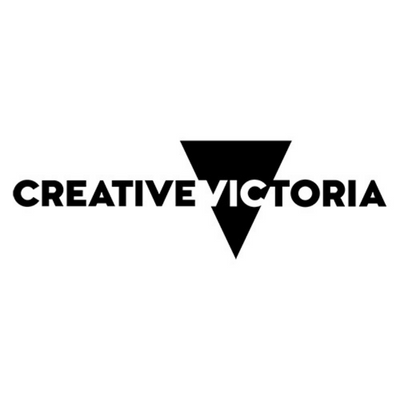| Date | 27 October 2024, 10:00am–27 October 2025, 6:00pm |
|---|---|
| Cost | Free |
| Bookings | No bookings required |
| Location | South Rotunda The Gateway |
Acknowledge the past, present and future of Treaty with Victoria’s First Peoples.
‘The technical term for treaty is two parties to come together and strike an understanding, a contract of sorts, and a promise of sorts. And a treaty incorporates peace, that’s what it stands for’ – Ringo Terrick, Wurundjeri Elder, Camp Sovereignty.
Victoria is on a path to Treaty with First Peoples – a path that could bring us closer together and mark a significant step towards reconciliation. As Victoria moves forward on the path towards Truth and Treaty, it is timely to reflect on our history, hear from Victorian Aboriginal communities and consider what the future may hold.
In this exhibition, explore a historic collection of items related to the first and only known claim to ‘treaty’ in Australia, the Batman Treaty.
The Batman Treaty was marked by John Batman and Victorian Aboriginal leaders in June 1835. Batman’s transaction negotiated the purchase of a tract of country 40 miles in length or 500,000 acres, in exchange for consumable goods, personal supplies and clothing, with an additional yearly payment in this manner, or tribute of similar goods.
It was almost immediately declared invalid by the government at the time. The treaty remains a critical piece of history and sheds light on the way negotiations have evolved since then. Come and view the original treaty documents, alongside a painting of the Batman Treaty signing by John Wesley Burtt, and maps which detail the area that Batman intended to acquire.
A central space in the exhibition, inspired by the majestic tree depicted in Burtt’s painting, encourages contemplation and conversation. Videos displayed in this space share the diverse perspectives of Victoria’s Aboriginal community, providing a link between the manuscripts of the past and the path to Treaty today and into the future.
Presented by State Library Victoria through the Victorian Indigenous Research Centre, with the support of the Hansen Little Foundation.





